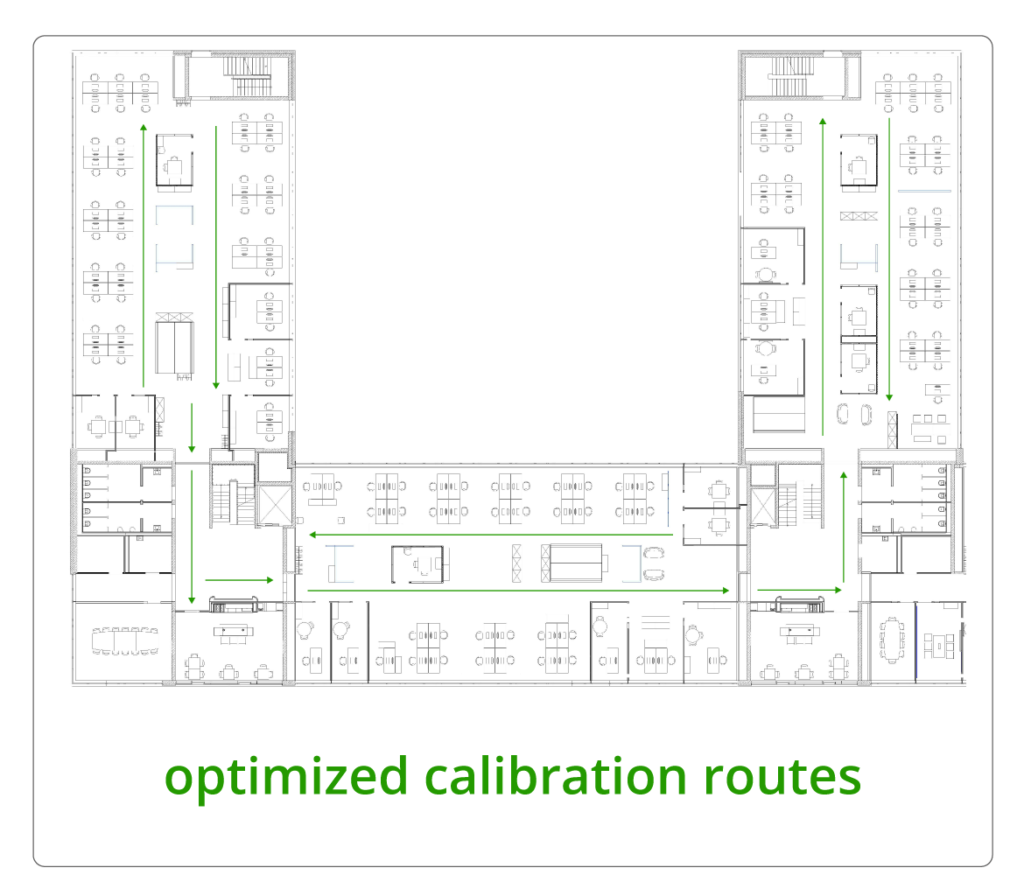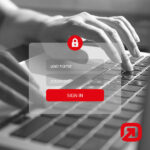Determining a position based on Received Signal Strength (RSS) is the prevalent method for client-based positioning projects such as an indoor navigation solution. Setting up a beacon infrastructure and collecting RSS samples is needed to calibrate the positioning system and to achieve a high-quality IPS (indoor positioning system). With web-based software and a mobile app, infsoft provides important tools for the calibration process. We tell you how to set up and calibrate your IPS correctly and which common mistakes to avoid.
The Bluetooth Low Energy (BLE) beacons used for indoor positioning need to be installed and configured properly. Specifically, you should make sure that the beacons are attached well enough and are not placed above 4-6 meters. With regard to the configuration of the beacons, a transmission interval between 350 and 800 ms and a small transmission range (e.g. -20 dBm) is optimal. As for the sampling interval, we advise selecting twice the value of the transmission interval in the infsoft Calibration tool.
The calibration routes only need to be set up in one direction. This approach is usually sufficient, even for large areas. Furthermore, the calibration routes should only be walked once and at a leisurely, constant speed.
Calibration routes do not have to be set up in several directions. This generates an unnecessarily high volume of calibration data, which may overload the system. Furthermore, the routes should only be walked once and not multiple times. By walking the routes several times, the data will be overwritten each time, meaning that this procedure does not lead to a more accurate positioning calibration. Furthermore, we advise against selecting a very low beacon transmission interval (e.g. 100 ms) and against storing a low sampling interval in the infsoft Calibration tool.








